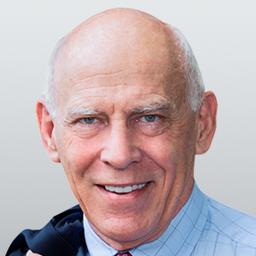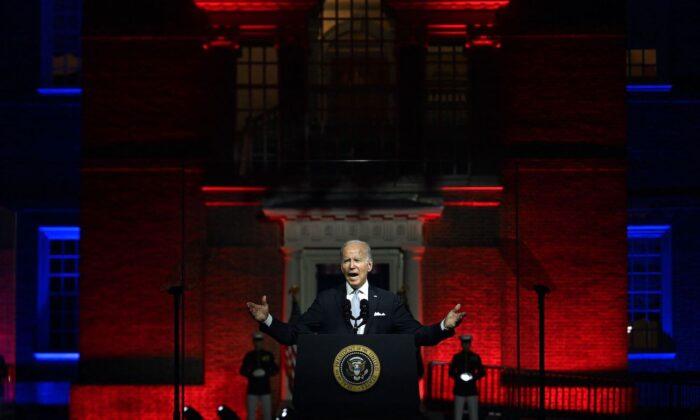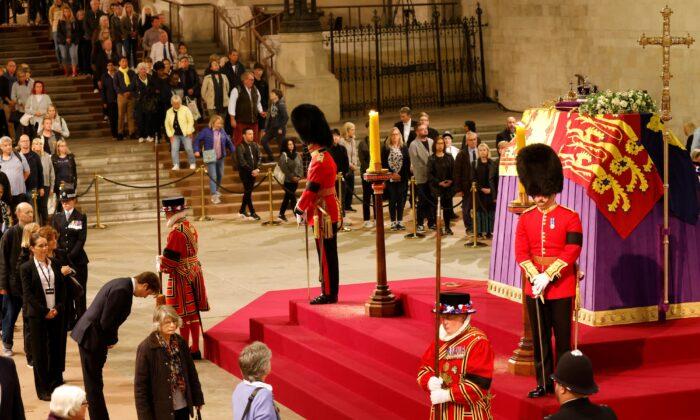Like other mammals, humans reproduce through the union of male and female. In some species, grizzly bears for instance, the mother is fiercely protective of her young until they are old enough to survive on their own, but the father’s role consists of impregnating the female, after which his work is done.
For humans that can happen as well, but a human community cannot flourish on such a basis. Human children are born at an early stage of growth and depend on parents for a long period. They need to be protected, provided for, their character formed, and the traditions, customs, beliefs, and practices of their family, church or congregation, and community learned. The father’s role is vital in the human family, and father absence imposes high costs on children, their mothers, and the community. Men have the potential, as men, to do the long-term job of father required for human families to flourish. But realizing that potential is a challenge that not all individuals or cultures are up to.
Three Stories
Consider these three stories.1. The Protector
In his book, “Father, Family Protector,” James B. Stenson describes what happened when he was walking with a friend in an elegant Boston neighborhood. He noticed an old woman across the busy street who was blind, with a cane, two small girls, perhaps granddaughters, and a seeing-eye German shepherd. Suddenly an aggressive street mongrel dog hurtled toward them and soon a noisy and frightening fight ensued between the two dogs with much barking, snarling, and baring of teeth. The blind lady tried to scare away the attacker with her cane, and the girls screamed hysterically.As Stenson raced across the street to help, he noticed a dozen other men of all ages and stations from a college student to a “professorial-looking man” doing the same. They pulled the woman and the children to safety and bravely batted the attacker with rolled-up newspapers and jackets until the aggressor dog broke away and ran off. The men then turned to calm down the children before getting back in their cars or walking away.
Stenson uses this experience to underscore his point:
“Men are hard-wired—in their minds, muscles, and tough aggressiveness—to protect women and children from harm. This incident, though dramatic and violent, underscores what a man does in countless subtle ways in family life. He is there to ward off harm.”
Stenson means that a man’s job is to defend his wife from threats, aggression, and disrespect, from their own children no less than from another customer in a store. It’s his task to assess threats to his wife and children and to protect them from harm. He guides his children to responsible adulthood, so they will be able to protect themselves and others.
2. Toxic Masculinity
Douglas Murray uses a recent incident on a New York subway to illustrate his point that not all masculinity is toxic. Society needs men to behave in certain masculine, aggressive ways at certain times. It cannot assume they will do so in the way Stenson describes, especially in a society that decries traditional male traits and roles.3. The State as Protector
The third story is the familiar, recent, horrific one of the mass school shooting in Uvalde, Texas. I have heard the argument that women don’t need men to protect them or their children. They need protection from men rather than by them. That is the job of the state.Unauthorized action meant to protect children or women, whether of the spontaneous kind described by Stenson or as organized vigilantism, is to be discouraged
The state, in this view, will provide protection for women and children when needed. The horrific shooting of 19 children and two teachers, together with the spectacular failure of the police response, in Uvalde suggests the limits of this approach.
Investigations are under way as I write, but it seems clear that there were many armed police officers in the school doing nothing for over an hour as children died of their wounds and parents begged them to act. Some parents, it seems, attempted to act themselves to rescue their children but were restrained by police.
When Marriage Fails: Life Without Father
The toll that fatherlessness or father absence takes is horrendous. Marriage has been the answer across the world to the problem of how best to structure baby-making (sex) and the rearing of children through the long period of human maturation. It creates norms and guardrails that sustain fatherhood as a legal, social, and financial state.Families and communities need a culture that supports the raising of boys to be men, protectors not predators, that forms them in the masculine virtues of courage, sound judgment, integrity, honor, and fair dealing.
A father teaches his son by his example as well as his correction, how to become a good man, husband, and father in his time. By his own example, he teaches his daughter as she matures how to judge the worth of a man her own age, whether as a suitor for marriage or potential father of her children.
We must work with what we have. We are born into a family, church or faith community, and a nation, language, and culture we do not choose. The bonds of mutual loyalty that bind us are fraying, as family structure breaks down and economic, social, and sexual individualism run rampant. Our task as fathers is a job for life, not simply until our offspring are able to walk or reach the age of 18. Our responsibility, extending beyond our own family, is to conserve and transmit the wisdom we inherited, correcting and improving as we go, as our ancestors did before us.





